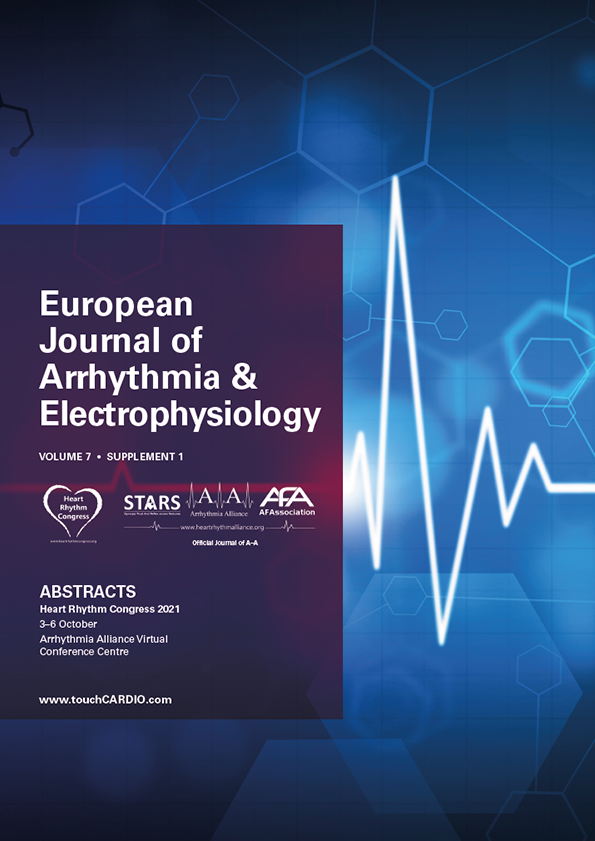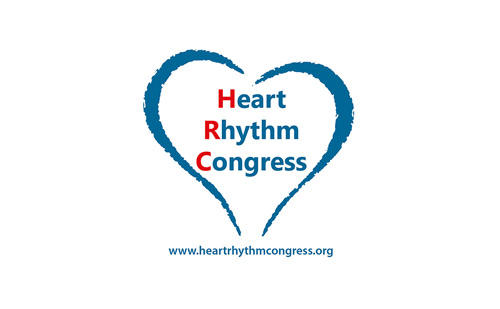EUROPEAN JOURNAL OF ARRHYTHMIA & ELECTROPHYSIOLOGY – VOLUME 7 SUPPLEMENT 1 – 2021
The official abstracts from the Heart Rhythm Congress (HRC) 2021:
Young Investigators Competition
Oral Abstracts 1 – Allied & Service Development
Oral Abstracts 1 – AF Clinical
Oral Abstracts 2 – Highest Scoring Abstracts
Oral Abstracts 2 – Arrhythmia Mechanisms
Oral Abstracts 3 – Devices
Oral Abstracts 3 – Mapping & Ablation
Posters
Paediatric






